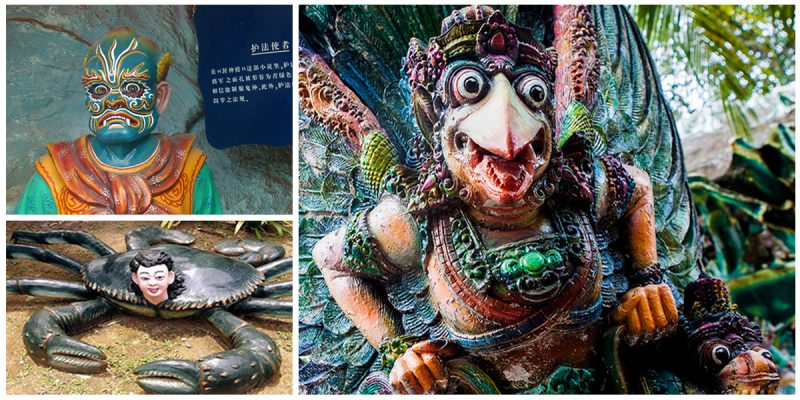Located along Pasir Panjang Road, in the southwestern part of Singapore, Haw Par Villa or the Tiger Balm Gardens is an oriental-style theme park that contains over 1,000 statues and 150 giant dioramas, depicting surreal scenes from Chinese mythology, aspects of Confucianism and terrifying visions of Buddhist hell.
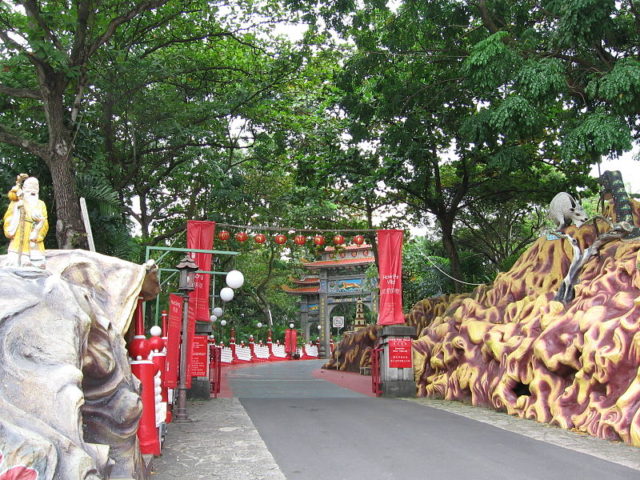
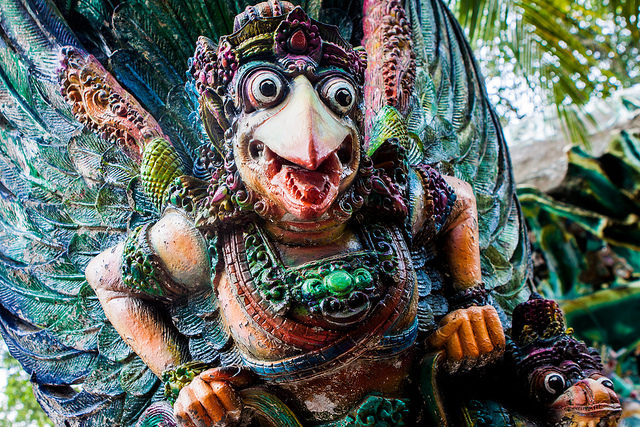
Described as “fascinating, delightful, bizarre and entertaining” and named after Burmese-Chinese brothers Aw Boon Haw and Aw Boon Par (the same people who developed the Tiger Balm ointment), the park was built in 1937, planned to be a place where parents can take their children to teach them about good morals, the consequences of their actions, and to see the horrors they may face in the afterlife.
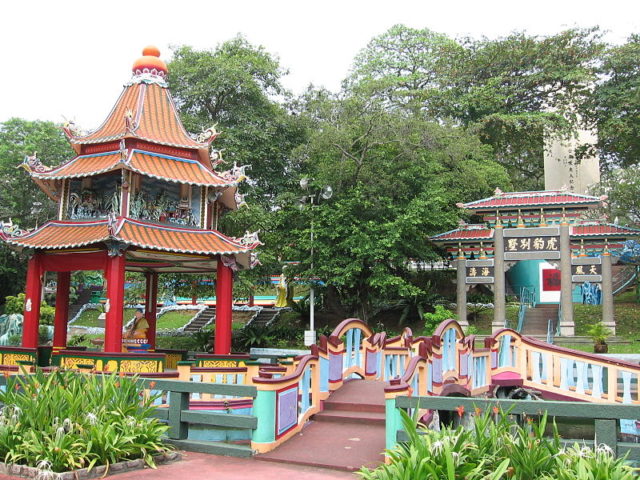
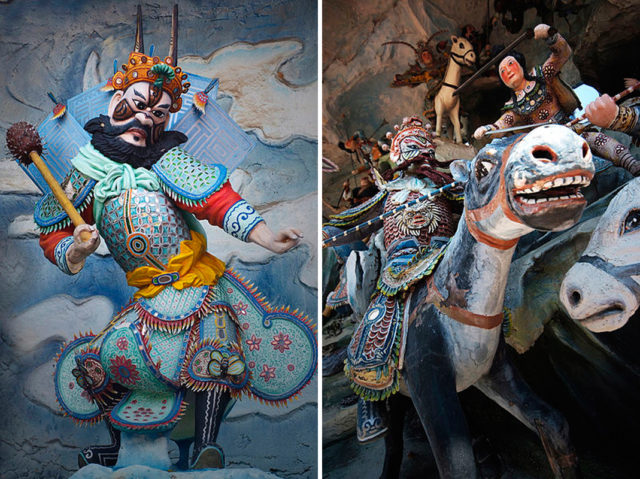
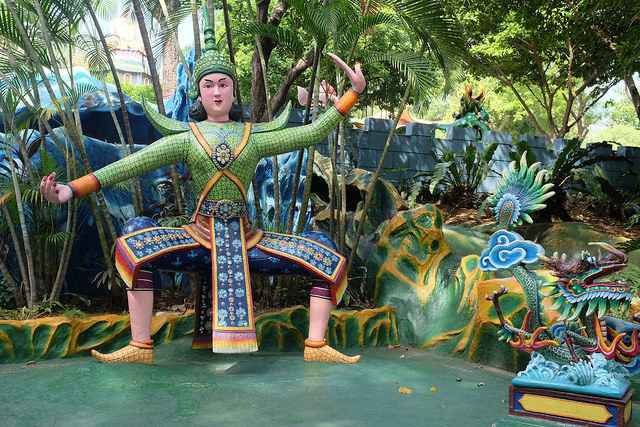
The best-known attraction in Haw Par Villa is the Ten Courts of Hell, a walk-through exhibition depicting the gruesome torments that await sinners in the underworld, with specific punishments for different sins, ranging from murder to deceit, thievery, envy and lust.
The courts depict men and women, both young and old. No one is spared the consequences of their deeds on earth.
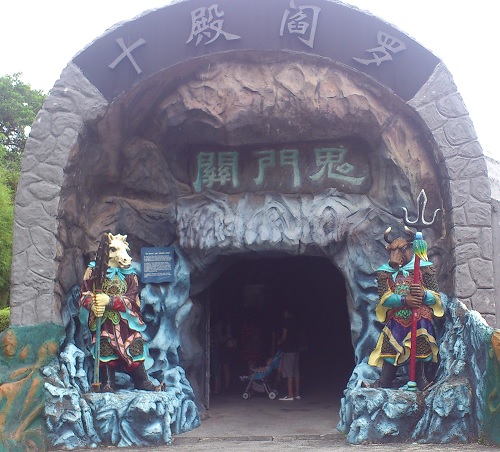
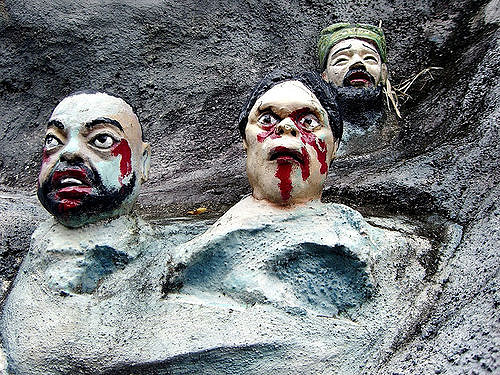
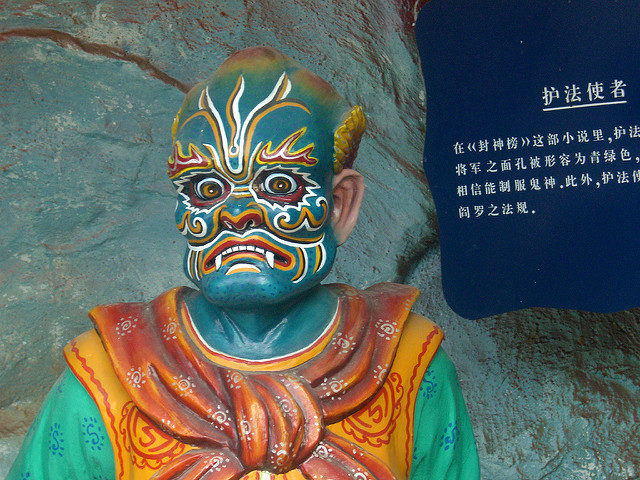
According to Chinese mythology, a soul passes through a series of courts before it enters heaven and punishment awaits those who are proven unworthy.
Due to the graphic nature of the exhibition, with sinners impaled on spears and others hanging upside down, visitors discretion and parental guidance are advised.
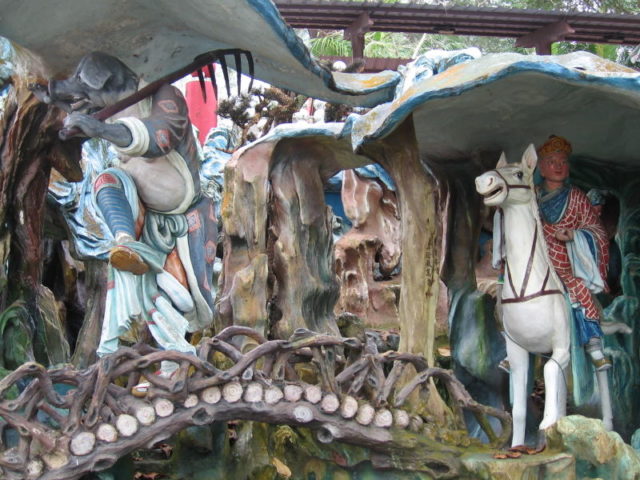
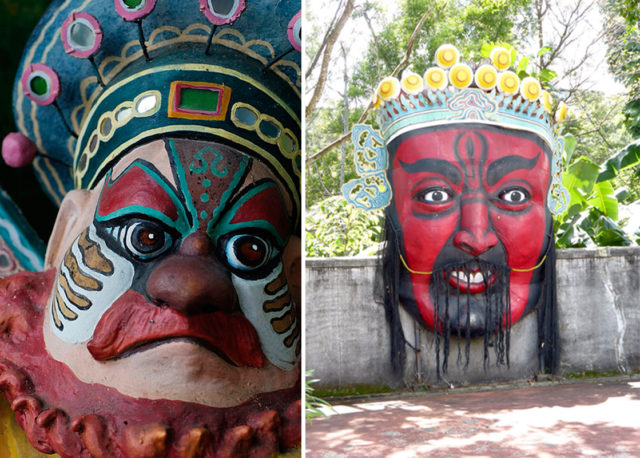
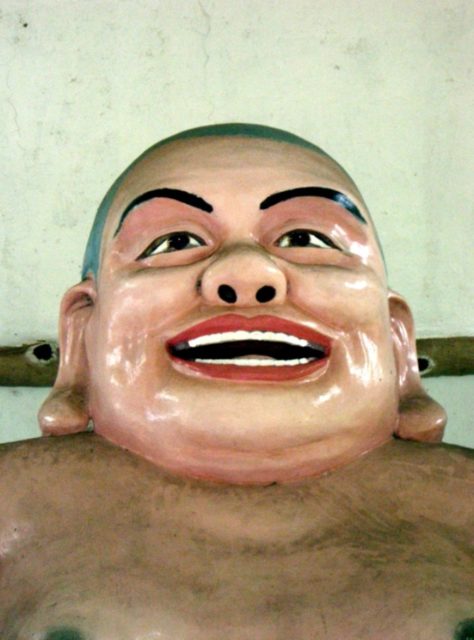
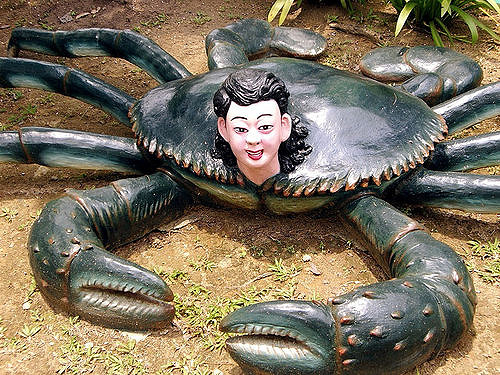
The theme park also has more dioramas of scenes from other Chinese legends, such as The Twenty-four Filial Exemplars, Madame White Snake, Journey to the West, Fengshen Bang and Romance of the Three Kingdoms.
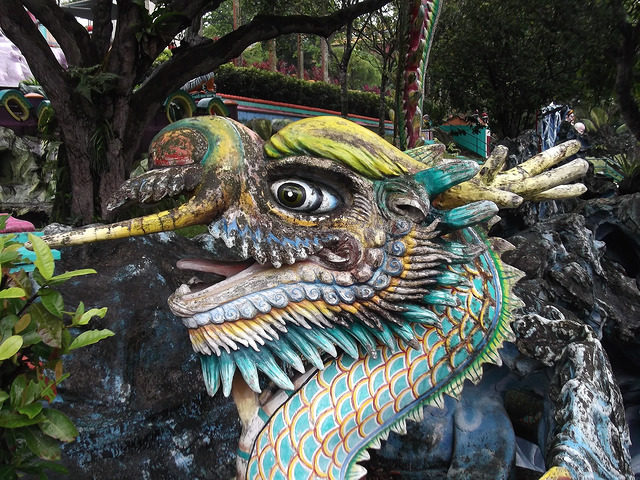
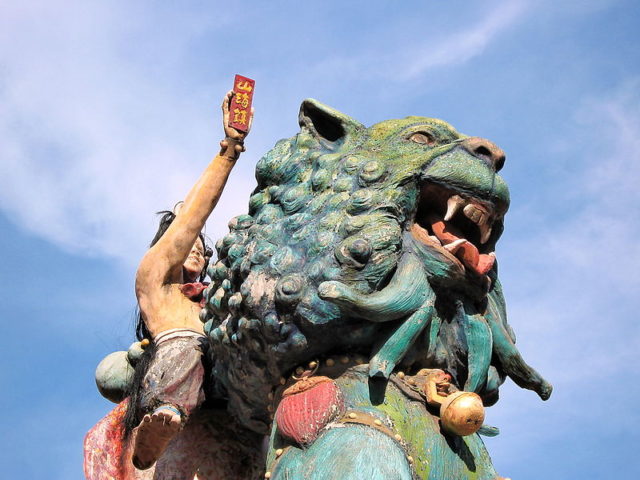
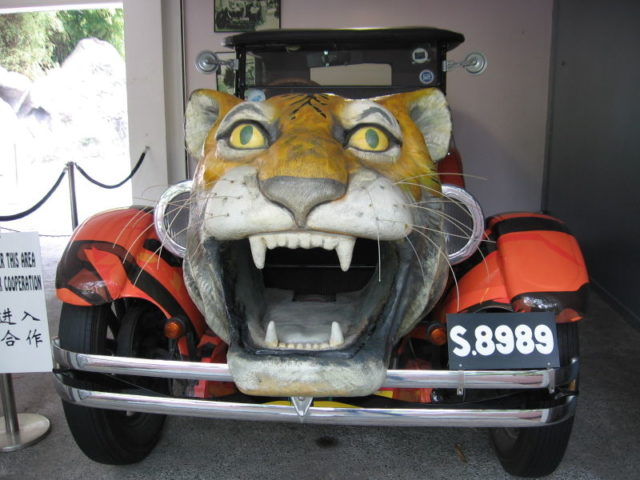
Supposedly, in its heyday, Haw Par Villa had drawn at least a million visitors per year but unfortunately, today there seems to be a lack of interest among the tourists.
The park is undergoing a makeover and efforts are being made to restore it to its former glory.
